I know why the coil spins what I'm confused of is: If I insulate only
a part of end of the wire, wouldn't it stops getting electric current?
so it wouldn't spin anymore. or is it because of the momentum where a
second of not getting current doesn't affect it's spin to continue the
cycle?
Removing half the circumferential insulation from the coil's trailing wire ensures that current conduction is prevented over 180° of the coils rotation. The object here is that it is indeed momentum that then carries the coil through the remaining 180°. If you didn't do this, the coil would want to remain aligned in one direction and wouldn't spin.
But it's important to remove the correct 180°; look at the picture very carefully and make sure you remove the insulation section corresponding with the coil in the vertical orientation shown: -

If you held the coils flat you'd be removing the wrong 180° portion of insulation. It's easy to fix by twisting the wire ends though. Maybe this picture (for a two plate commulator) does a better job at describing what I said: -

Image from here.
As precisely shown in the picture, when a battery is applied, the armature will want to rotate 90° to align the magnetic field of the coil with the magnet. This creates the torque that causes the initial spin. As soon as it is close to alignment, you want the current to stop hence, the commutation (shown in the diagram immediately above) does this. OK, this is a more sophisticated commutation method that then reverses the current and drives the coil to rotate the next 180° but, in principle it's the same for your motor except your method uses momentum to carry it through the period when current is interrupted.


